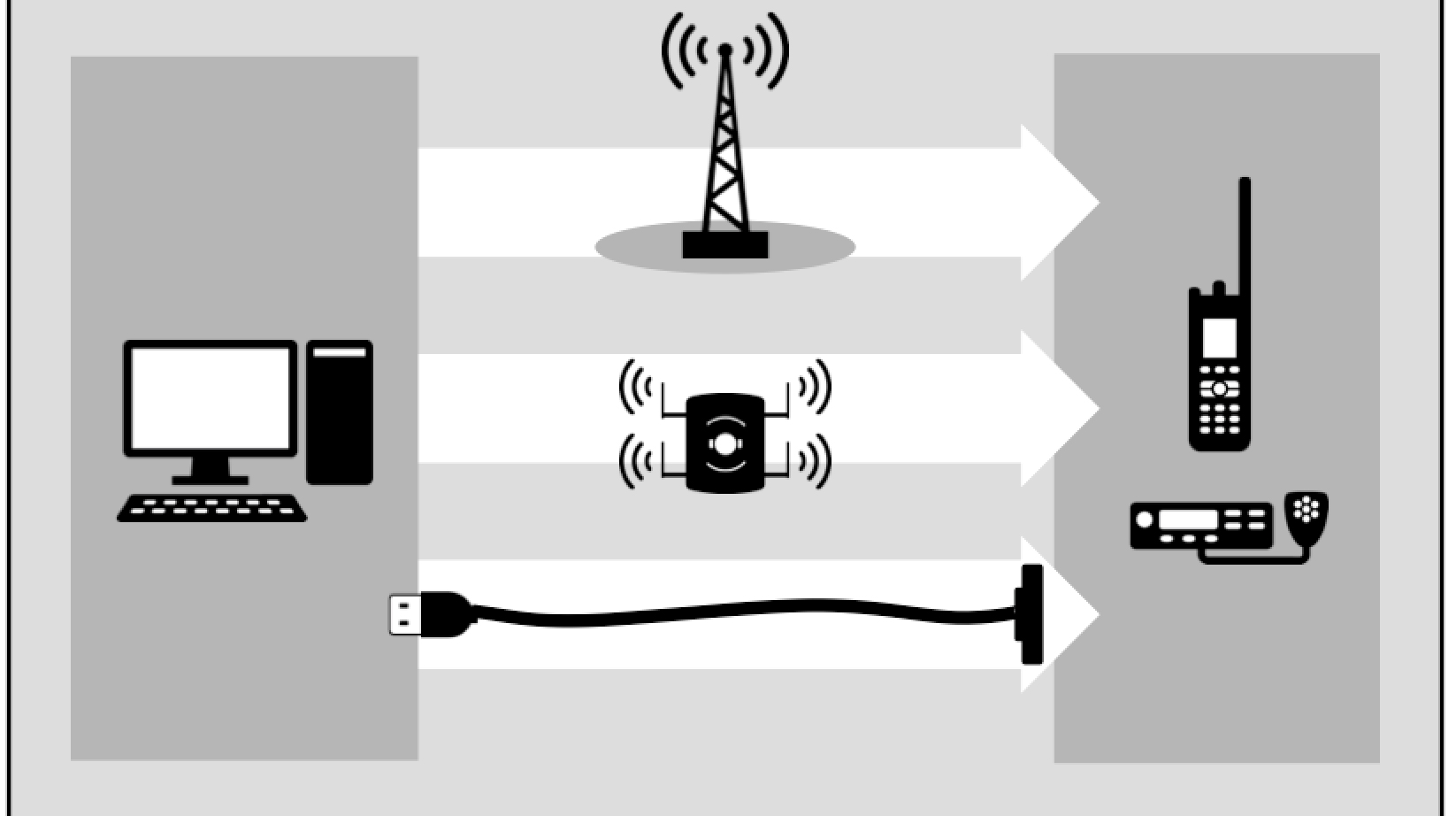Building a criminal case for prosecution in the digital age offers both new challenges and benefits. The challenges become more manageable with a single digital evidence management system, as opposed to multiple or dissimilar data warehouses.
A call for service starts it all
Most cases begin with a call for service from a citizen, or an on-site intervention from an officer in the field. Both of these generate a call record at the communications center that takes the call or receives the officer’s radio transmission. This first report gets an incident number that should follow the case until completion.

When these recordings reside in a system separate from the dispatch records, there is the opportunity for data loss. (Photo/PoliceOne)
Whether the officer is dispatched to the scene or discovers it himself, he makes reports of his findings to communications. He may also generate recordings from dash-mounted or body-worn cameras (BWCs) that can be critical in reconstructing what transpired.
When these recordings reside in a system separate from the dispatch records, there is the opportunity for data loss. Ideally, recordings are tagged at the time of their creation. If the digital files have to be tagged or labeled manually at some later time, there is always the chance that one or more can be mislabeled or not tagged at all. Investigators may be unaware of their existence. When the same end-to-end system manages the recordings, they are married to the case file from the outset. There is little chance that they will be lost or misfiled.
Officers in the field, both from patrol and detectives, gather more evidence in the form of photos and physical items such as clothing and weapons collected at the scene. Most physical evidence is photographed in place before it is collected. These digital photos become part of the case record, and the chain of custody reports associated with each item of evidence also contribute to the record. Once again, if the resource for these items is separate from the management system used for everything else, there is the potential for losing or misplacing the evidence.
Human assets
People, not just things, play a role in the case. There are likely one or more victims, multiple witnesses, and possibly several suspects or arrestees. Recording and indexing the demographic data of each person involved in the case is critical, not only to ensure that the appropriate charges are laid, but so that the prosecutor can locate them later if their testimony is needed for trial.
When these end-to-end management systems were in their infancy, one study indicated that the name, date of birth, race and sex of a person arrested for a crime might be typed out as many as 16 times from the time they are first contacted until they are discharged from custody on completion of sentence. Each one of those data entry events provides an opportunity for an error that can keep the person from being tracked in the system. John Paul Smith, born 06/01/95, can become Paul John Smith, born 01/06/59, if some hurried clerk or deputy loses focus for a moment.
When identities and demographics are entered into the same data network at the first point of contact, then followed through their entire involvement in the case, there are fewer chances for dropping the ball. The accuracy of the data associated with each person is improved even more if their initial entry is made by scanning a driver’s license or other identity document, as is possible with most field e-citation systems. For people in custody, contacts and milestones in the adjudication process are marked by scanning their ID wristband as they move through the system.
Case preparation
Cases that go to trial have to be prepared by one or more prosecutors. Historically, these attorneys have been required to work with multiple people and agencies to assemble all the components of the case. Arrest reports and physical evidence are held by the police department, prisoners and booking records by the sheriff’s office, a separate communications center has the call for service and radio recordings, and a state crime lab may be holding onto scientific analysis results critical to the case.
If all of this information is tracked and stored in a single digital evidence system, the prosecutor’s workload is reduced drastically. Most information can be called up on his desk computer or laptop, and what has to be produced in person can be ordered through email or inter-system messages, each tied to the case file. If the prosecutor has to drop out of the case for any reason, it’s much easier for a new attorney to pick up where they left off.
A consolidated digital evidence management system, one where the data resides in the cloud, accessible by anyone with the proper credentials, greatly simplifies the process of case preparation. One person can do the job that used to require many, with less potential for error or loss of information.




